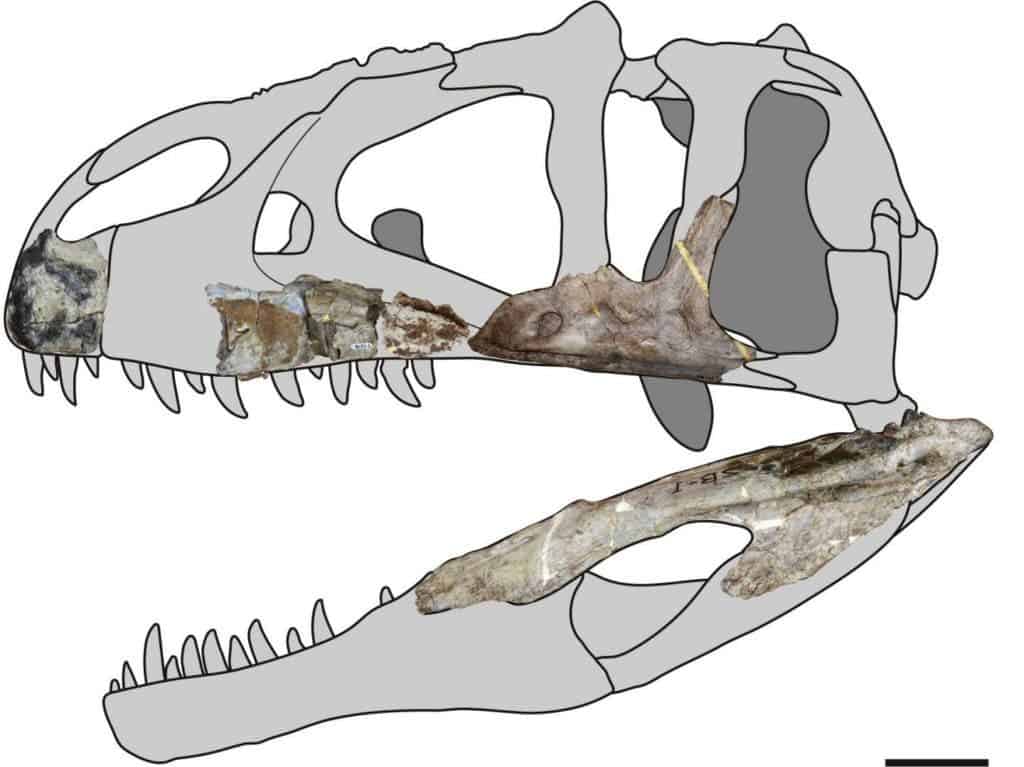In the red soil of the Khok Kruat geologic formation in Khorat, Thailand, paleontologists have unearthed the fossils of a new dinosaur predator. The species belongs to a class of successful predators with shark-like teeth, known as carcharodontosaurs, which dominated their ecological niche during the Jurassic and Cretaceous periods.

The newfound dinosaur, christened Siamraptor suwati, was described based on fantastically preserved remains, which included the skull, backbone, limbs, and hips of at least four individuals. The subsequent morphological comparison with other known, similar dinosaurs, showed that the fossils belonged to a previously unknown genus and species of carcharodontosaur.
This 113-million-year-old dinosaur was a huge beast that measured over 7.5 meters (25 ft.) in length and had serrated teeth as sharp as steak knives. Its porous bones are littered with air sacks that made the predator’s frame lightweight. This made it a very fast, agile, and fierce predator, long before the famous T. rex entered the picture.

According to Duangsuda Chokchaloemwong, a researcher at Thailand’s Nakhon Ratchasima Rajabhat University, his team’s excavations represent the most complete dinosaur of its type found in Asia.
This proved to be important, showing that carcharodontosaurs were already very well established not only in Europe and North America, where such fossils abound, but also in Asia by the Early Cretacious.
“The presence of a huge number of camerae and pneumatopores in cranial and axial elements reveals a remarkable skeletal pneumatic system in this new taxon. Moreover, the phylogenetic analyses revealed that Siamraptor is a basal taxon of Carcharodontosauria, involving a new sight of the paleobiogeographical context of this group. Siamraptor is the best preserved carcharodontosaurian theropod in Southeast Asia, and it sheds new light on the early evolutionary history of Carcharodontosauria,” the authors wrote in the journal PLoS ONE.









